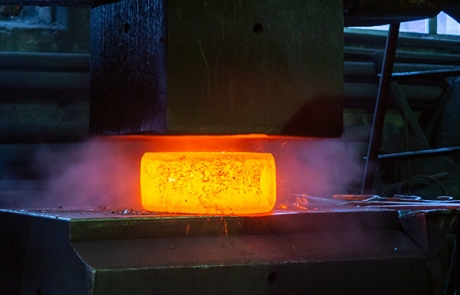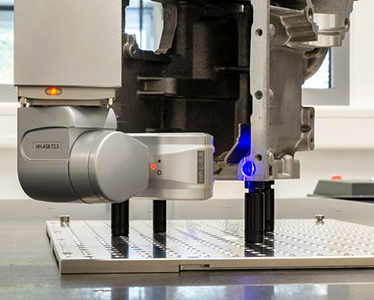Precautions in Forging Large Shaft Forgings
2023-09-27
Forged steel shafts are created through a manufacturing process that involves the shaping of the shaft Forgings using localized compressive forces. The forging process is initiated when a piece of steel is struck repeatedly with a hammer or squeezed with a press. The forging of Maple machinery began.
What should we pay attention to when forging large shaft forgings?
1.The billet size and intermediate dimensions must be in accordance with the operating points of each process, e.g. the height-to-diameter ratio (H/D) of the material before upsetting is taken as 2-2.5, and the empirical data on the transformation of the cross-section during drawing length is shown in the table.
2. Changes in the dimensions of the blank in each process must be estimated, for example, the height of the blank is somewhat reduced during upsetting, generally 1.1 times the height of the forging, etc.
3.When indenting in sections, it must be ensured that there is sufficient volume in each part of the forged shaft, e.g. in the case of step shafts, crankshafts or gear bosses out of the blank, to make a good distribution of the volume of each part.
4.When forging shafts in multiple fires, attention must be paid to the possibility of heating each fire in the middle, e.g. starting to draw the forging too long and causing insufficient furnace chamber size to put in the shaft forging during the second heating. Special attention must be paid to the deformation of the last fire and the control of the starting and finishing temperatures of the last fire in order to ensure the size and quality of the forged shaft.
5.Maple machiney must ensure that there is sufficient trimming allowance in the final trimming, it should be noted that:①because in the upsetting, drawing, shoulder pressing, misshifting and other processes, there is pulling and shrinking on the blank, which must be left in the intermediate process a certain amount of trimming allowance;②forging long shaft forgings (such as crankshaft, etc.) and forgings with concave block, due to their length dimensional excess can not be re-heading, it must be estimated that the length direction of the size in the trimming It must be estimated that the lengthwise dimension will be slightly extended during finishing and will result in overruns.
6.When selecting tools, try to use universal tools. When producing large batches, special tools or moulds can be made to improve the quality and output of the shaft forgings.
7.According to the size and quality of the shaft forging billets, use the equipment available in the workshop.
8.As the shaft forgings are measured when the forgings are red hot, the chucks, gauges and shaped samples, only play a reference measuring role.
9.The shape and size of the forged shaft forgings are mainly determined by visual observation and technical experience of the palm pliers who direct the lightness of the hammering.
























































